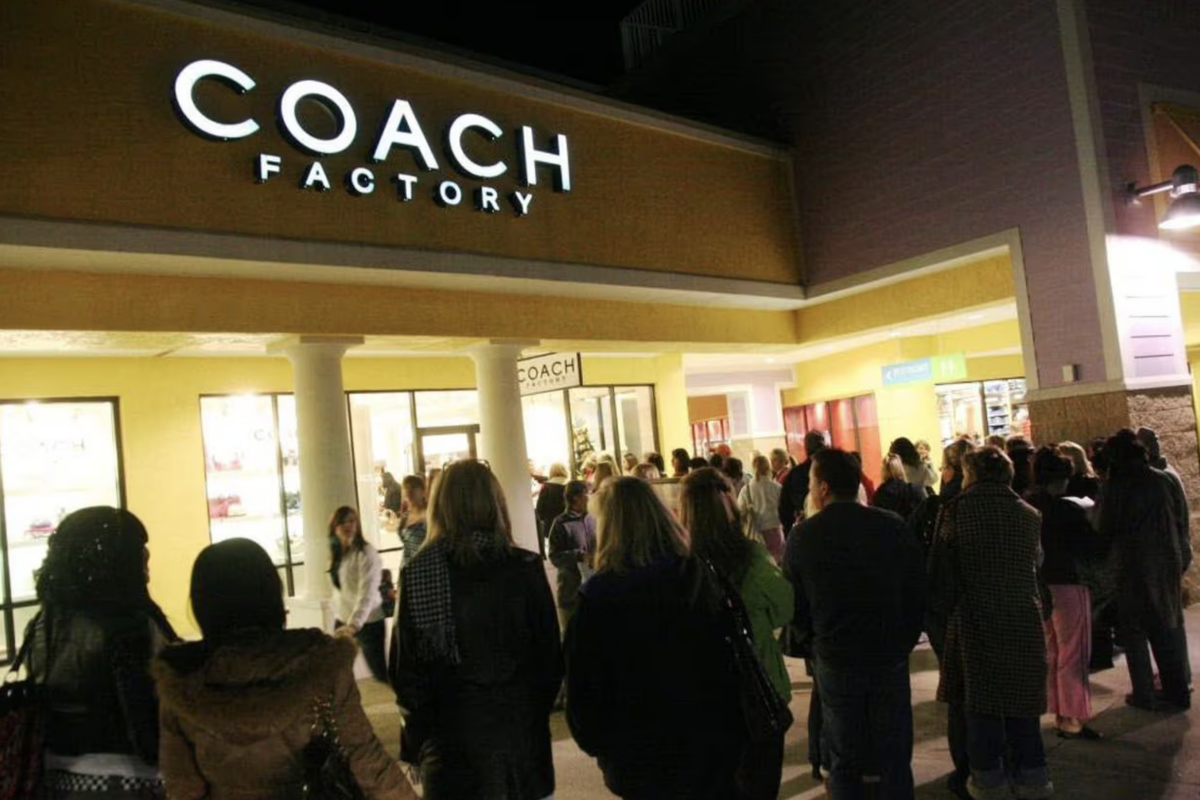Professor Jean-Noël Kapferer has literally written the book, or many books, on how luxury brands must behave to retain their luxury brand status. He calls them the “anti-laws of marketing,” which means that if mass, fashion or premium brands turn right, then luxury brands must turn left.
One of the unforgivable sins in luxury marketing is discounting or selling goods in common places that taint their image, such as company outlet stores, television shopping or discount marketplaces like Amazon or TJX Runway.
Kapferer defines luxury as a business model distinct from the fashion or premium model. Critical to the luxury business model’s success is keeping supply far less than demand, maintaining highly selective distribution, and never selling at a discount. Those rules don’t apply under the fashion business model.
“Luxury is not a more expensive version of premium, but a completely different mindset,” he affirms and adds, “Although luxury is fashionable today, it is not fashion.”
A key distinctive of the fashion business model is that “these brands chase customers. The luxury strategy, however, demands that customers chase the brands.”
Fashion brands can afford to sell last season’s stuff in outlets; luxury brands cannot. “Too many accessible products create sales but kill brand equity, dream, and pricing power,” he writes.
“The luxury strategy is about building incomparability into all the aspects of the brand and thereby maintaining the gap with the many brands that try to grab market share by copying the codes and look of luxury brands,” he continues.
Brands that have resorted to selling in outlet stores and other less prestigious places are guilty of copying the codes of luxury while operating under the fashion business model whose flip side is going out of fashion.
Disposable Fashion Versus Timeless Luxury
Kapferer notes that fashion destroys the value of its products after each season, but true luxury brands build timeless icons or “everlasting SKUs” that are like works of art that never go out of style and whose value increases over time.
It separates Hermès, Chanel and Louis Vuitton from many others claiming luxury status but that actually operate under a fashion business model where outlets are the cost of doing business.
“In the fragile fashion business model, products sell by being fashionable, which means capturing the spirit of the moment. With time, fashion fades away, and products need to be heavily discounted. In contrast, the essence of luxury brand management is time. Luxury takes time, and luxury sells time.
“Luxury brands need cult products that fit the dreams of clients, after which they can wait for the moment those consumers are ready to indulge (e.g., ‘One day I will buy a Cartier Santos watch, Rolex Daytona, Jaeger Lecoultre Reverso’). There is no hurry, because the products are here to stay, and the price will remain. True luxury never offers discounts or rebates,” he concludes.
Contributed to Branding Strategy Insider by: Pamela Danziger, Owner, Unity Marketing
The Blake Project Can Help You Define Your Brand Advantage In The Brand Positioning Workshop
Branding Strategy Insider is a service of The Blake Project: A strategic brand consultancy specializing in Brand Research, Brand Strategy, Brand Growth and Brand Education




